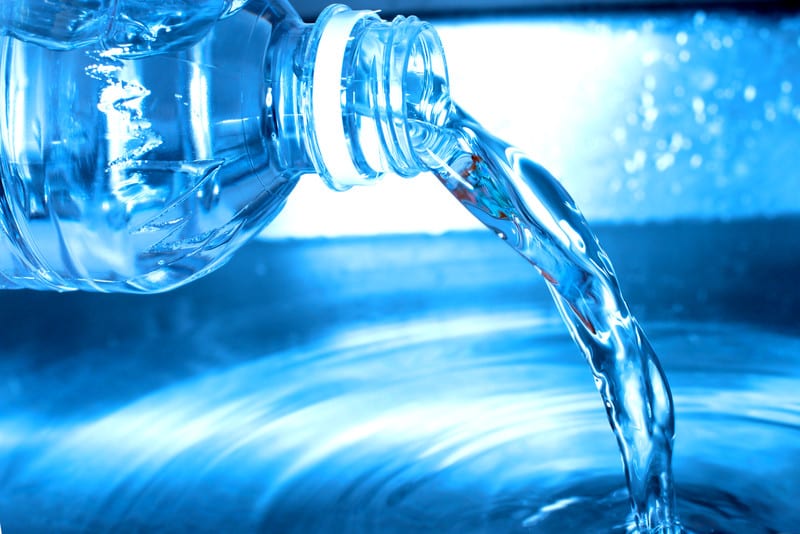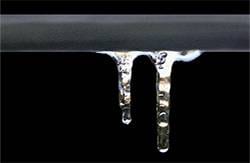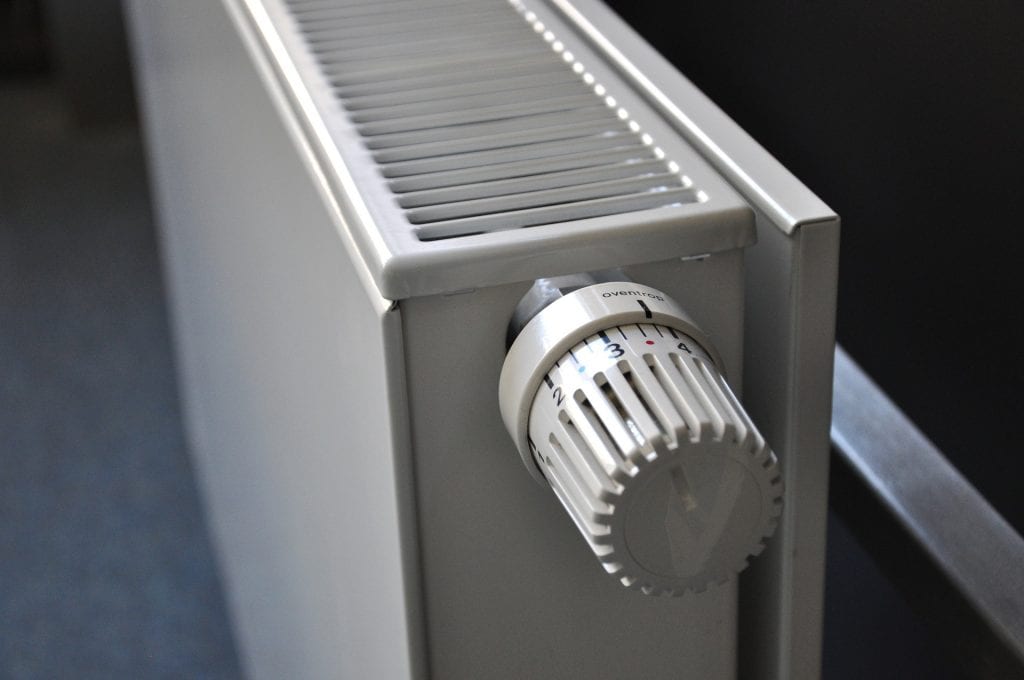Fixing Air Locks

Air locks are a common enough problem in relation to water piping (they also occur in radiators). Often when you attempt to turn on a tap and no water comes out it is due to there being an air lock located somewhere within your piping. As the name implies, an air lock is essentially a […]
Saving Water at Home

Saving Water at Home – One of the hot topics in Ireland these days is that of the upcoming metered water charges being introduced to our nation. A great many people are, somewhat understandably, annoyed at the introduction of what feels like an additional unfair and unnecessary bill on top of what is already a […]
Condensate Drainage Pipe Maintenance

Condensate Drainage Pipe – One of the more serious problems associated with central heating systems is that of blockages accumulating in a gas boiler or oil boiler’s condensate drainage pipes. Such blockages reduce your boiler’s efficiency levels and, in extreme cases, have been known to lead to the boiler breaking down completely. While such problems […]
Power Flushing your Heating System FAQ

Over time, all manner of dirt, grime and other kinds of unwanted blockages can accumulate within the piping of your home’s heating system. A Power Flushing Service is a very efficient way of cleaning such undesirable elements out your central heating system. Using a specially designed Power Flush device, an experienced DeWAR Plumber pumps a […]